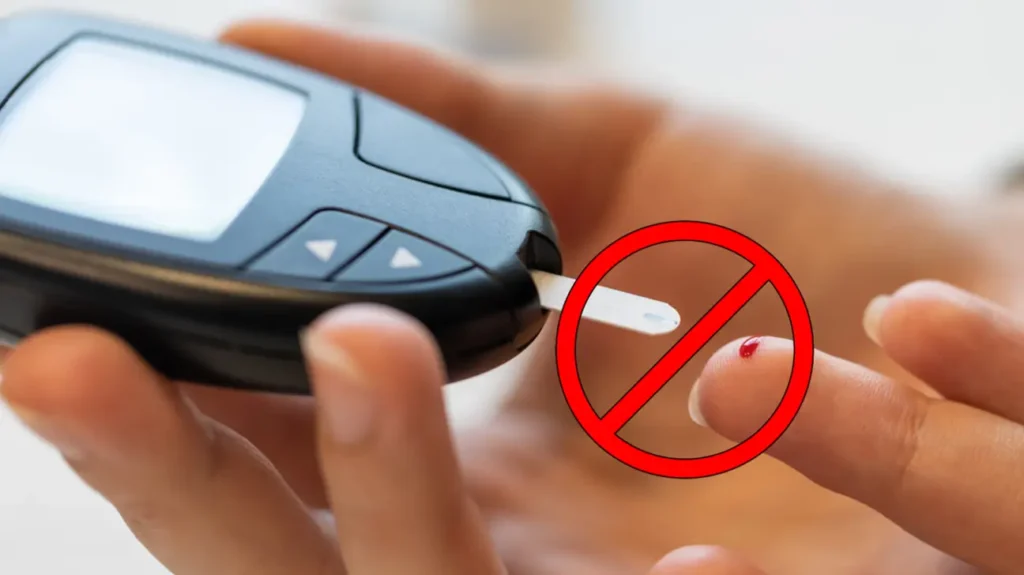As global temperatures rise, the impact of extreme heat on medical devices becomes a growing concern. For diabetics who rely on Continuous Glucose Monitors (CGMs) to manage their condition, high temperatures can pose significant challenges. This blog explores how extreme heat affects CGMs and provides practical tips for diabetics to maintain accurate glucose monitoring during hot weather.
How Continuous Glucose Monitors Work
Continuous Glucose Monitors (CGMs) are advanced devices that provide real-time glucose readings throughout the day and night. Unlike traditional blood glucose meters, which require finger-pricking to obtain a blood sample, CGMs use a sensor inserted under the skin to measure glucose levels in the interstitial fluid. This data is transmitted to a display device, allowing diabetics to monitor their glucose levels continuously and make timely adjustments to their insulin or dietary intake.
The Impact of Extreme Heat on CGMs
Sensor Performance
Extreme heat can significantly impact the performance of Continuous Glucose Monitors sensors. High temperatures can cause the adhesive holding the sensor to the skin to weaken, leading to sensor displacement or detachment. When the sensor is not properly positioned, it may provide inaccurate glucose readings, compromising the user’s ability to manage their diabetes effectively.
Battery Life
The batteries in CGMs are also vulnerable to high temperatures. Excessive heat can drain the battery more quickly, reducing the lifespan of the device between charges. In severe circumstances, the heat may cause the battery to overheat, which could harm or destroy the gadget.
Signal Interference
High temperatures can interfere with the wireless signals transmitted between the CGM sensor and the display device. This signal interference can result in data transmission errors, leading to gaps in glucose monitoring and inaccurate readings. For diabetics who rely on timely glucose data, this can be a serious issue.
More Read About : Continuous Glucose Monitors and What is the price of Levels?
Real-Life Experiences of Diabetics
Stories from the Diabetic Community
Many diabetics have shared their experiences of how extreme heat has affected their CGMs. For instance, Jane, a diabetic from Arizona, reported that her CGM adhesive often fails during the summer months, causing her sensor to detach and disrupting her glucose monitoring. Similarly, Mark, a diabetic from Texas, noted that his CGM battery drains significantly faster during heatwaves, requiring him to charge his device more frequently.
The Impact on Diabetes Management
These disruptions can have serious consequences for diabetes management. Inaccurate or missing glucose data can lead to improper insulin dosing, increasing the risk of hyperglycemia (high blood sugar) or hypoglycemia (low blood sugar). For diabetics, maintaining stable glucose levels is crucial to preventing complications and ensuring overall health and well-being.
Tips for Protecting Your CGM in Extreme Heat
Keep Your Device Cool
One of the most effective ways to protect your CGM from extreme heat is to keep it cool. Avoid exposing your device to direct sunlight for extended periods, and store it in a cool, shaded area whenever possible.If you must be outside in the heat, think about wearing a cooling case or protective cover made especially for CGMs.
Monitor Adhesive Integrity
Regularly check the adhesive holding your CGM sensor in place to ensure it remains secure. If you notice the adhesive starting to weaken, consider using additional medical tape or adhesive patches to reinforce it. Some diabetics find that using a skin prep solution before applying the sensor can help improve adhesion in hot conditions.
Charge Your Device Regularly
To prevent battery issues, make sure to charge your CGM device regularly, especially during periods of extreme heat. Avoid leaving your device in hot environments, such as a car or near a window, while it is charging. If you notice that your battery is draining unusually quickly, contact the manufacturer for advice or consider using a backup device if available.
Stay Hydrated
Staying hydrated is important for both your overall health and the performance of your CGM. Dehydration can affect the accuracy of glucose readings, so make sure to drink plenty of water, especially in hot weather. Proper hydration can help ensure that your interstitial fluid levels remain stable, providing more accurate glucose data.
Conclusion
Extreme heat poses a unique set of challenges for diabetics who rely on Continuous Glucose Monitors. By understanding how high temperatures affect these devices and taking proactive steps to protect them, diabetics can maintain accurate glucose monitoring and better manage their condition. Stay cool, stay hydrated, and keep your CGM functioning properly, even in the hottest weather.
Summary
This blog delved into the effects of extreme heat on Continuous Glucose Monitors (CGMs), highlighting the challenges faced by diabetics in maintaining accurate glucose monitoring. It covered the impact of high temperatures on sensor performance, battery life, and signal interference, supported by real-life experiences from the diabetic community. Practical tips were provided to help diabetics protect their CGMs during hot weather, ensuring effective diabetes management.


